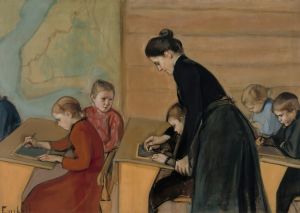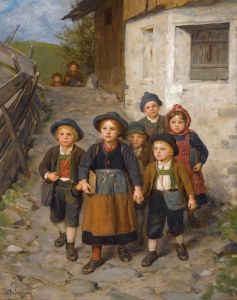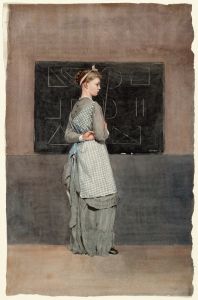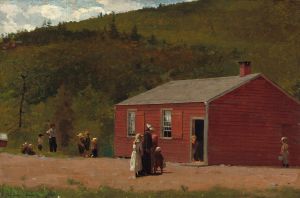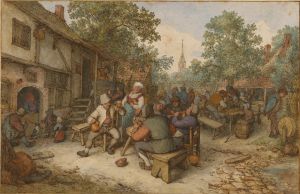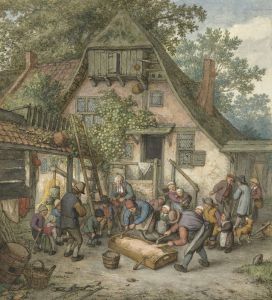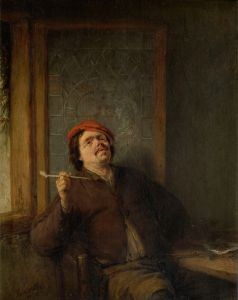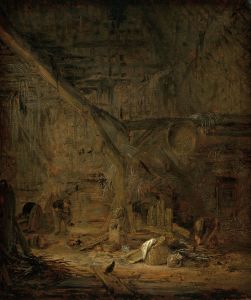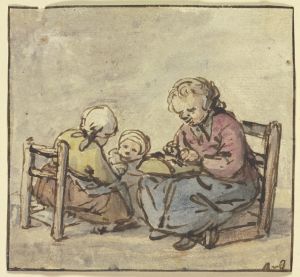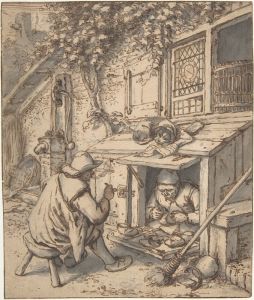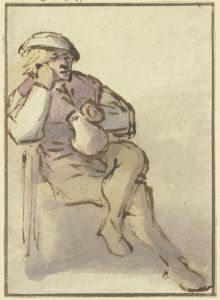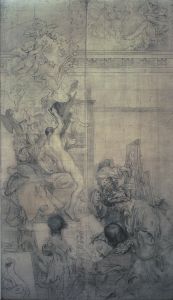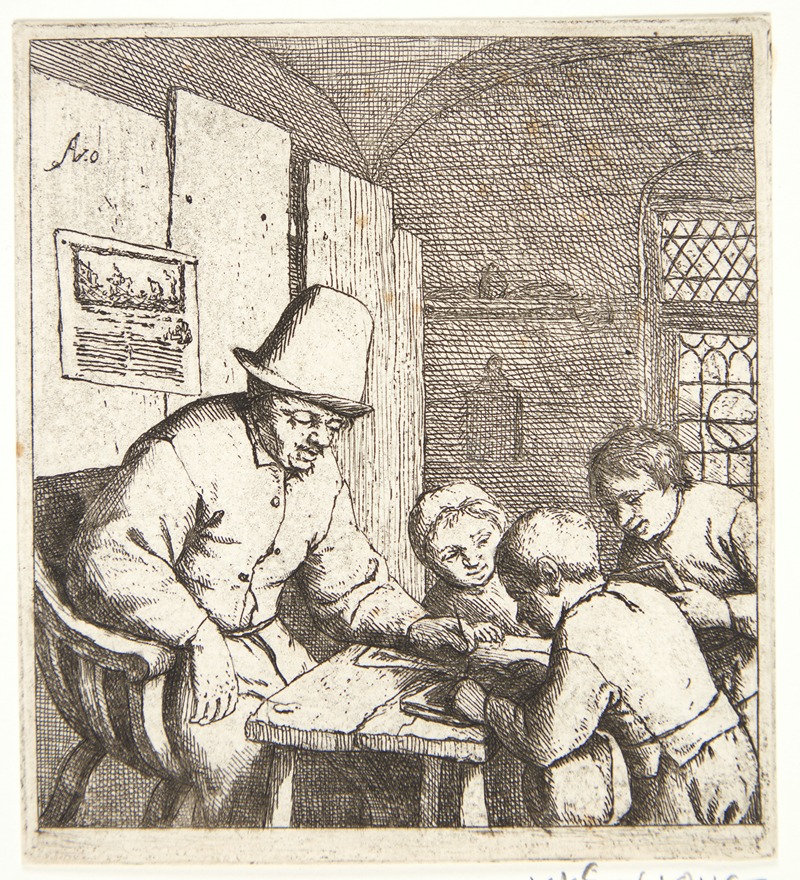
The school teacher
A hand-painted replica of Adriaen van Ostade’s masterpiece The school teacher, meticulously crafted by professional artists to capture the true essence of the original. Each piece is created with museum-quality canvas and rare mineral pigments, carefully painted by experienced artists with delicate brushstrokes and rich, layered colors to perfectly recreate the texture of the original artwork. Unlike machine-printed reproductions, this hand-painted version brings the painting to life, infused with the artist’s emotions and skill in every stroke. Whether for personal collection or home decoration, it instantly elevates the artistic atmosphere of any space.
Adriaen van Ostade, a prominent Dutch Golden Age painter, is known for his genre scenes that depict everyday life in 17th-century Holland. One of his notable works, The School Teacher, exemplifies his skill in portraying rustic interiors and the lives of common people with a blend of humor and realism.
The School Teacher is an oil painting created in 1662. The artwork captures a lively classroom scene, where a teacher is surrounded by a group of children. The composition is rich in detail, showcasing Ostade's ability to convey the textures of wood, fabric, and other materials, as well as the expressions and gestures of his figures. The setting is a modest, dimly lit interior, typical of Ostade's works, with light streaming in to highlight specific elements of the scene. The painting reflects the informal and often chaotic nature of education during the period, with children depicted in various states of attention and mischief.
Ostade's works, including The School Teacher, are celebrated for their warm color palette and meticulous attention to detail. His ability to capture the essence of daily life in the Dutch Republic has made him one of the most important genre painters of his time. This painting is part of a broader tradition of Dutch genre painting, which sought to depict scenes of ordinary life with a focus on realism and moral undertones.
The painting is currently housed in the Louvre Museum in Paris, where it remains a significant example of Ostade's artistic achievements. It continues to be studied and appreciated for its insight into 17th-century Dutch culture and its technical mastery.





